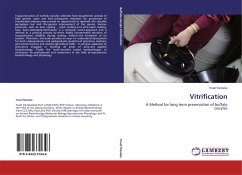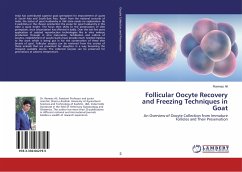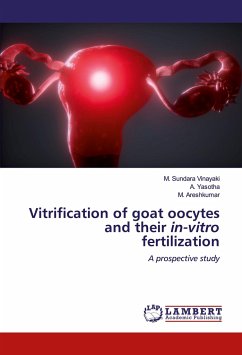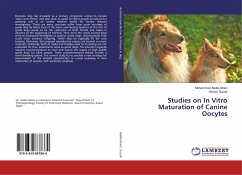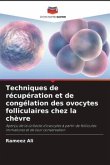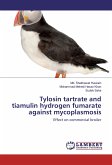Cryopreservation of buffalo oocytes collected from slaughtered animals of high genetic value and their subsequent utilization for production of transferable embryos may provide an opportunity to replenish the valuable germplasm lost and the genetic improvement of the species. Various protocols, such as slow cooling , rapid cooling and ultra-rapid cooling, have been attempted.Vitrification is a relatively recent approach and is defined as a physical process by which highly concentrated solutions of cryoprotectant solidifies during cooling, without the formation of ice crystals . Therefore, this book provides an easy- to- understand descriptions for both undergraduate and postgraduate students of veterinary medicine and animal sciences and related agricultural fields . It will give assistance to instructors engaged in teaching all areas of pure and applied biotechnology. Finally the book provides tested methodologies of vitrifcation for professionals and researchers in the field ofreproductive biotechnology and physiology.

